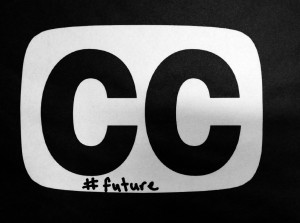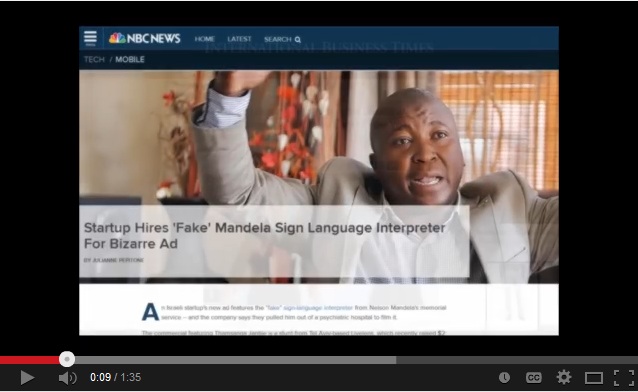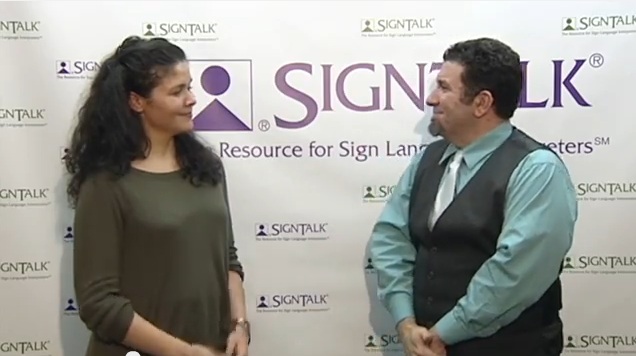 Captioned content is mushrooming! YouTube and Google have long recognized the value of captioning, not only to reach the Deaf and hard of hearing, but for general hearing audiences in different countries, as well as non-English speakers in the US. They have developed an easy to use captioning technology for YouTube posters to add captioning capabilities to their content. As YouTube’s technology can translate into ten languages, its focus is to bridge the gap between languages rather than on the Deaf and hard of hearing community—still, it’s a win for us! YouTube has enabled automatic captioning for 135 million videos, more than tripling the number of captioned videos since 2011.
Captioned content is mushrooming! YouTube and Google have long recognized the value of captioning, not only to reach the Deaf and hard of hearing, but for general hearing audiences in different countries, as well as non-English speakers in the US. They have developed an easy to use captioning technology for YouTube posters to add captioning capabilities to their content. As YouTube’s technology can translate into ten languages, its focus is to bridge the gap between languages rather than on the Deaf and hard of hearing community—still, it’s a win for us! YouTube has enabled automatic captioning for 135 million videos, more than tripling the number of captioned videos since 2011.
In 1993, Congress ruled that captioning capabilities must be installed on all analog TVs with screens large than 13 inches. Since then, the law has
been updated to include digital TVs, as well as tablets and phones with much smaller screens. And yet, when a Deaf education teacher wanted to show a PBS movie “Homefront and Warfront: World War II” to her class, she discovered that the movie was not captioned. When she wrote to PBS to inquire as to why they failed to make a historical feature accessible to Deaf and hard of hearing students, PBS responded that this particular content fell outside the timeframe required by the FCC.
The National Association of the Deaf, the country’s leading organization that monitors captions, has sued both Netflix and Amazon because popular content, including the 50th anniversary showing of “The Wizard of Oz” had not been captioned. The courts ruled in favor of Netflix saying that Netflix doesn’t actually have to comply with ADA laws because it isn’t connected to a physical space. Even though they won the suit, Netflix has plans to caption everything, and Amazon currently captions all its Prime content and intends to caption 100% of its digital content. Again, though their focus is not specifically to accommodate the Deaf and hard of hearing communities, but rather to make viewing of Netflix and Amazon stations available in bars and restaurants, this too is a win for us.
Anyone who has watched automatically captioned YouTube videos can give you examples of captioning gone awry, but we trust that, as technology tends to do, this will improve with time. Currently the FCC requires video clips aired on TV to be captioned with 30 days. As of July 2017, captioning will be required within 12 hours. As for “Homefront and Warfront: World War II” as of this writing, it has still not been captioned.









